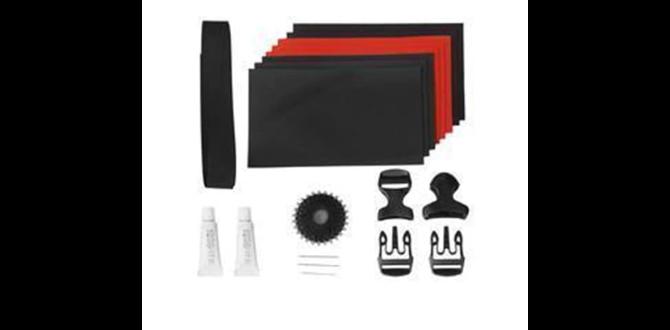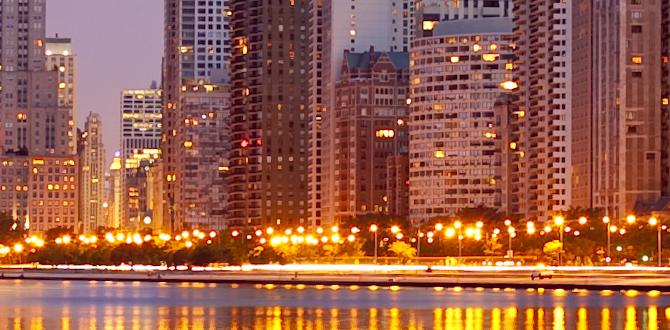Maldives island hopping offers a dreamlike escape for travelers seeking to experience the diverse beauty of this tropical paradise. Instead of settling for a single resort, this approach allows you to weave a tapestry of experiences, from the vibrant underwater worlds of local islands to the luxurious seclusion of private resorts.
This guide is designed to help you craft your best Maldives island hopping itinerary in Maldives, ensuring you capture the essence of this archipelago in a way that suits your style and budget. The allure of island hopping in the Maldives lies in its ability to reveal the multifaceted character of these islands. Each atoll, and often each island within an atoll, possesses its unique charm.
Some are renowned for their pristine beaches and crystalline lagoons, perfect for tranquil relaxation. Others boast thriving coral reefs teeming with marine life, making them a diver’s or snorkeler’s paradise. And then there are the local islands, offering a glimpse into authentic Maldivian culture, where you can interact with the friendly community, savor local cuisine, and witness a way of life far removed from the tourist enclaves.
Planning Your Maldives Island Hopping Adventure
Embarking on a Maldives island hopping journey requires careful planning to maximize your time and enjoyment. The first crucial step is to decide whether you will primarily be staying on local islands, private resorts, or a combination of both. This decision will profoundly influence your budget, the types of activities available, and the overall pace of your trip.
Local Islands: These offer a more budget-friendly and culturally immersive experience. You’ll find guesthouses and small hotels, local restaurants, and opportunities to interact with the Maldivian people. Activities often include snorkeling and diving excursions, fishing trips, and visits to local markets. Strict dress codes apply outside of designated bikini beaches, and alcohol is generally not available on local islands.
Resort Islands: These are the epitome of luxury, offering private villas, world-class amenities, and unparalleled service. Each resort is typically its own island, providing a secluded and exclusive experience. Activities are resort-centric, ranging from water sports and spa treatments to fine dining and sunset cruises. While more expensive, they offer a level of pampering and privacy that is hard to match.
Combining Local and Resort Islands: For many, the best Maldives island hopping itinerary in Maldives involves a blend of both. This allows you to experience the best of both worlds: the cultural richness and affordability of local islands, coupled with the indulgence and relaxation of resort stays. You might start on a local island to explore and save money, then transition to a resort for a few days of pampering.
Crafting Your Best Maldives Island Hopping Itinerary in Maldives
When designing your perfect itinerary, consider the geographical proximity of islands to minimize travel time and cost. The Maldives is divided into several atolls, and planning island hops within a single atoll or several nearby atolls can be more efficient.
Sample Itinerary Idea (7-10 Days):
Days 1-3: Malé & Hulhumalé (Local Immersion)
Arrive at Velana International Airport (MLE). Spend a day or two exploring the capital city, Malé. Visit the Grand Friday Mosque, the busy fish market, and the National Museum.
Transfer to nearby Hulhumalé, a newly developed island with modern amenities and a growing number of guesthouses. This offers a more relaxed introduction to local life than the bustling capital. Enjoy local cafes and perhaps a sunset walk along the beach.
Days 4-6: Maafushi (Popular Local Island)
Take a public ferry or a speedboat transfer to Maafushi, one of the most popular local islands in the South Malé Atoll.
Maafushi is known for its affordable guesthouses, vibrant bikini beach, and a wide array of excursion operators.
Activities: Snorkeling trips to nearby sandbanks and coral reefs, dolphin watching tours, affordable day trips to luxury resorts for a glimpse of resort life, and practicing water sports like kayaking and paddleboarding.
Days 7-9: Dhigurah (South Ari Atoll – Marine Encounters)
Travel further south to Dhigurah in the South Ari Atoll. This island is world-renowned for its whale shark and manta ray encounters year-round.
Stay in a local guesthouse and book specialized diving or snorkeling tours with experienced guides who know the best spots.
Beyond the big marine life, Dhigurah boasts a beautiful long sand spit, perfect for leisurely walks and stunning photography.
Day 10: Return to Malé & Departure
Take a speedboat transfer back to Malé for your international flight. Depending on your flight schedule, you might have time for some last-minute souvenir shopping.
Variations and Customization:
For Luxury Seekers: If your budget allows, swap a local island stay for a luxury resort in the same atoll. For instance, after Maafushi, you could take a speedboat to a nearby luxury resort in the South Malé Atoll for a few nights of indulgence, then arrange transfers to another resort island in a different atoll.
For Divers: Focus on atolls known for their exceptional diving, such as Baa Atoll (UNESCO Biosphere Reserve), Ari Atoll, or Rasdhoo Atoll. Structure your itinerary to spend more time on islands offering easy access to renowned dive sites.
For Relaxation: If your priority is unwinding, choose islands with stunning, uncrowded beaches and tranquil vibes, such as Guraidhoo (South Malé Atoll) or Fulidhoo (Vaavu Atoll).
Transportation Between Islands
Navigating between islands in the Maldives can be done through several modes of transport:
Public Ferries: The most economical option, connecting many local islands. Schedules can be infrequent and journeys can be long, so plan accordingly.
Speedboats: Faster and more convenient than ferries, they are often available for direct transfers between islands or to resorts. They are more expensive but significantly reduce travel time.
Seaplanes: Primarily used for transfers to more remote luxury resorts. They offer breathtaking aerial views of the atolls and are a quintessential Maldivian experience, albeit a costly one.
Domestic Flights: For islands located far from Malé, domestic flights to smaller regional airports are available, followed by a speedboat transfer.
Essential Tips for Maldives Island Hopping
Visa: Most nationalities receive a free 30-day visa on arrival.
Currency: The local currency is the Maldivian Rufiyaa (MVR), but US Dollars are widely accepted, especially in resorts and for excursions.
Dress Code: On local islands, modest dress is required in public areas. Swimwear is only permitted on designated bikini beaches. Resorts offer more relaxed dress codes.
Alcohol: Alcohol is prohibited on local islands. It is readily available on resort islands.
Best Time to Visit: The dry season (November to April) offers the best weather with sunny skies and calm seas. The shoulder seasons (May and October) can offer good value with fewer crowds.
Connectivity: Wi-Fi is available in most guesthouses and resorts, but speed can vary. Consider purchasing a local SIM card for better connectivity.
By thoughtfully combining different types of islands and strategizing your transport, you can curate a truly unforgettable best Maldives island hopping itinerary in Maldives. It’s an adventure that promises a kaleidoscopic glimpse into the beauty, culture, and serene rhythm of island life.






